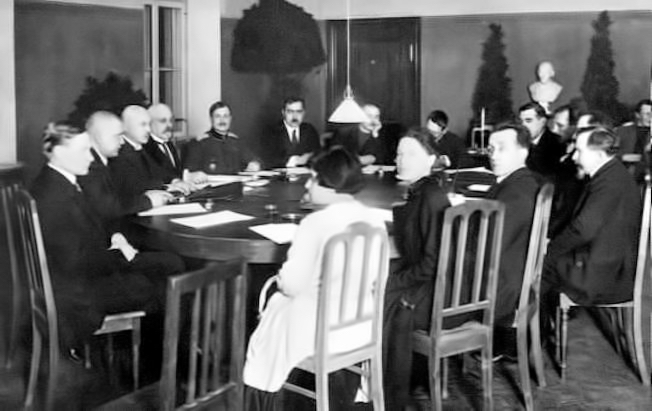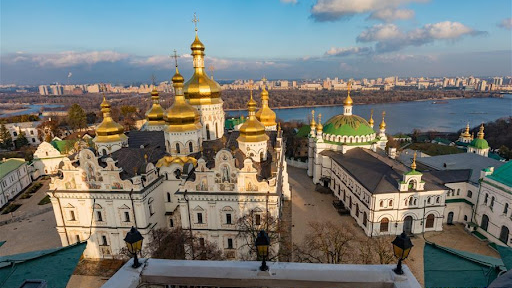The treaty was ratified by the REFSR two days later on February 4th and by the Estonian Constituent Assembly on the 13th of February.
After Estonia won the War of Independence, other nations were reluctant to recognize Estonia's sovereignty. Russia had been on the winning aside with Western allies in the WWI victory over Germany. It was after the signing of the treaty with the RSFSR in 1920, that the independence of Estonian was recognized by other nations and the League of Nations accepted Estonia as a member.
Last November, Sergey Belyayev, the head of the Russian foreign ministry's second European department, emphasized Russia's position that the Treaty of Tartu became null and void when Estonia ‘became part' of the Soviet Union in 1940.
Moscow has never honestly admitted that ‘becoming part' of the Soviet Union was the result of fraudulent elections to the Estonian parliament in the summer of 1940 during the first Soviet occupation of Estonia. The Communist take over of the country has always been considered to be illegitimate by the international community. (Read more: Estonian Life No. 1 2020 paper issue or PDF/digileht)
Laas Leivat, Toronto




